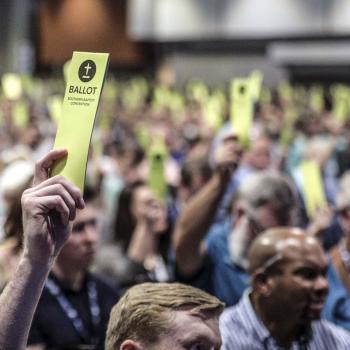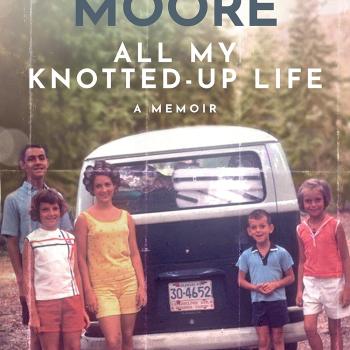The imminent birth of an heir—Prince William and Duchess Kate’s baby due within a few weeks—recalls the potential of royals to (re) set expectations about birth.
When anesthesia was pioneered in the nineteenth century, its appeal in obstetrics was obvious. Chloroform, applied to a cloth and held over the nose and mouth of the laboring woman, could bring pain-free birth. But in the 1840s controversy swirled around its use: did removing pain from labor disrupt the natural order of things? Or was it an impious violation of God’s order, since women from Eve on had been consigned to bring forth children in pain (Genesis 3:16)? Edinburgh obstetrician James Young Simpson, a leading proponent of obstetric anesthesia, insisted that, “The very fact that we have the power by human means to relieve the maternal sufferings, is in itself sufficient criterion that God would rather that these sufferings be relieved and removed.” After all, Simpson further observed, God had used a similar pain-relieving method in “the first surgical operation ever performed on man,” when Eve was made from Adam’s rib. Anesthetized birth had defenders and opponents on both sides of the Atlantic, who disputed not only the safety of the treatment (since mothers and babies alike sometimes suffered harm, even death, from overdose) but also the meaning of pain and birth. Leading Philadelphia obstetrician Charles Meigs viewed labor pain as “a most desirable, salutary, and conservative manifestation of life-force,” and would “feel disposed to clothe me in sackcloth, and cast ashes on my head for the remainder of my days” if the use of drugs to mask instead brought death to a patient.
What eased the way for broader use of obstetric anesthesia was not resolution of this argument but a royal gesture, Queen Victoria’s use of chloroform at her eighth delivery in 1853. Several years later Victoria recommended it to her daughter, famously expressing relief at its use in the delivery of her grandchild: “What a blessing she had chloroform.” (Donald Caton borrowed this apt expression for the title of his fascinating book on pain relief in birth).
Whatever the Duchess does next month to manage her labor, its evaluation will likely be made in terms of medicine or fashion rather than theology. But approaches to childbirth with emphasis on the devotional or Providential are common across many cultures and eras. Both the mystery of child’s formation and the potential dangers of delivery freighted birth with religious meaning. Cotton Mather, one of colonial Massachusetts’ most famous ministers, cautioned the expectant woman to be careful of her soul and prayerful on behalf of her child, since “you may have conceived that which determines but about nine months at the most, for you to live in the world.”
With birth in western countries currently construed as a medical event, what sort of religious response to birth is appropriate?
Since the royal baby-to-be also is tracked to become the Supreme Governor of the Church of England, it is worth recalling a thanksgiving from an early edition of the Book of Common Prayer, to be read at the “churching of women,” the service receiving mother and baby formally after the blessed event:
O almighty God, which has delivered this woman thy servant from the great pain and peril of childbirth: Grant, we beseech thee most merciful Father that she through thy help, may both faithfully live and walk in her vocation, according to thy will in this life present, and also may be partaker of everlasting glory in the life to come, through Jesus Christ our Lord.












